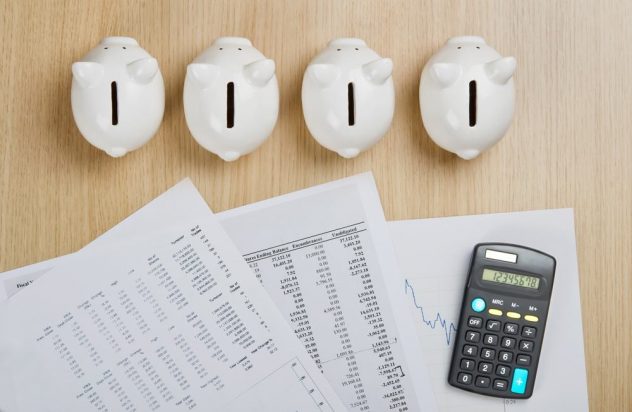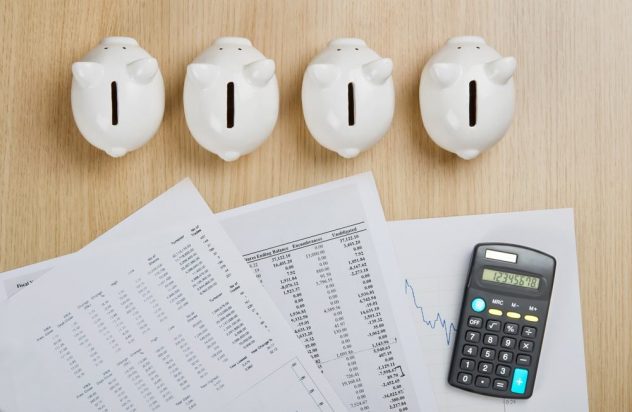
One of the first things that any business should do is create a budget. It is important that you keep on top of your incomings and outgoings and have a good idea of what’s making you money and what isn’t.
Many businesses operate at a loss for the first couple of months, so you need to be prepared for this possibility when creating a budget. Often, the mistake people make is not preparing effectively for different possibilities, or they fail to think of something.
 You may want to speak to an accountant or invest in software. There are lots of software options, some of which are industry-specific, such as HOA accounting software. Do your research and follow these steps in creating a budget.
You may want to speak to an accountant or invest in software. There are lots of software options, some of which are industry-specific, such as HOA accounting software. Do your research and follow these steps in creating a budget.
Make a plan before you begin
Before you begin, make sure you have a business plan. Within your plan, there will be several things you need to consider that will cost you money.
Monthly expenses
Next, you need to think about your monthly costs. This list is not extensive, and here are a few that people often forget.
Estimate sales
The aim of any business is to earn more than you spend. Have goals for sales for the first 3, 6, and 12 months. Set a best case, worst case, and most likely case scenario.
Consider the fact that you may not receive payment for everything right away and that there may be some variable costs.
Cashflow statement
Cashflow is simply the money going in and out of business. It is so important to keep a thorough record of everything. You could be aware of:
Many lenders will, as for three years of cash flow on a monthly basis.
Conclusion
Setting up a business is an exciting and scary time. It is important that you are prepared, especially when it comes to software. Luckily, there are lots of tools to help you, and in many ways setting up a business is more successful than ever. Between accountancy software, social media, and Google-search, you have all the tools at your fingertips.
















